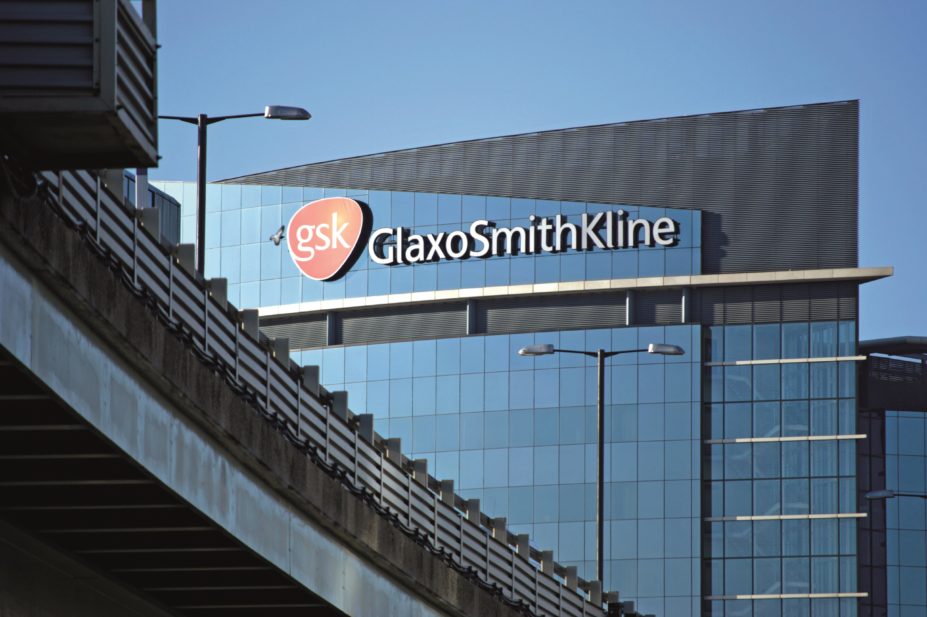
Mick Sinclair / Alamy
GlaxoSmithKline (GSK) is changing the colour of its Relvar Ellipta inhaler (fluticasone furoate/vilanterol) from blue to yellow, including the packaging, after respiratory health professionals and patient organisations warned that patients could be confused by its colour and think the device is a “reliever” inhaler.
Concerns were first raised by health professionals in February 2014. They warned that use of the colour blue for the mouthpiece cover of both strengths of the Relvar Ellipta inhaler (92µg/22µg and 184µg/22µg), and on the label and outer packaging of the lower strength inhaler, could be confusing for patients and could pose a safety risk. In the UK, it is common practice to describe short-acting beta2-agonist inhalers such as salbutamol and terbutaline as “blue” or “reliever” inhalers.
Ellipta devices were developed to work with a range of medicines, and are coloured differently according to the medicine they contain. Worldwide research conducted by GSK suggested that blue would be an acceptable colour for a respiratory device. Approaches to the treatment of asthma and chronic obstructive pulmonary disease (COPD) vary between countries and, although it is common practice in the UK for “reliever” devices to be blue, this is not the case in all countries.
Although regulators have not raised any concerns and reports of adverse incidents have shown no sign of patient misuse related to the inhaler’s colour, GSK decided to change the colour after meeting stakeholders “because the concern was strong enough to warrant this change”, Hamzah Baig, respiratory medical director at GSK, explains.
Toby Capstick, lead respiratory pharmacist at Leeds Teaching Hospitals NHS Trust and joint chairman of the United Kingdom Clinical Pharmacy Association Respiratory Group, welcomes the move. “GSK has taken this on board, thought patient safety could be an issue in the UK and has done something about it,” he says.
Capstick also highlights the success of the collaborative work that went into driving the change forward. “All the different patient and professional organisations came together with a collective voice to address this with GSK in order to get them to understand the issues from our perspective and the patients’ perspective, and then to take this forward and work collaboratively to come up with a solution, which we think is going to be less of a patient safety risk,” he says. “It shows how well we can work as a collaborative between healthcare and pharma.”
As well as changing the colour of the inhaler, GSK is improving the legibility of the wording, adding colour flashes to indicate strength (green for the standard dose, red for the higher dose), and adding an area for patients to write the date that the inhaler should be discarded. Baig says the addition of a ‘date for discard’ was made at the request of pharmacists and is going to be introduced across the entire Ellipta range of inhalers.
GSK expects yellow Relvar Ellipta to be available early in 2015. “We will be working very closely with pharmacists to make sure that the change itself does not cause confusion for patients,” Baig says. “Pharmacists should be seeing a lot of communication from us to help them make the change for patients who are already on blue Relvar to move over to yellow Relvar.”

